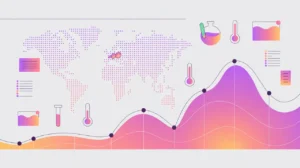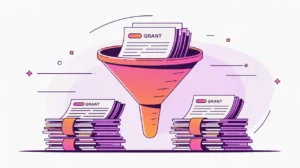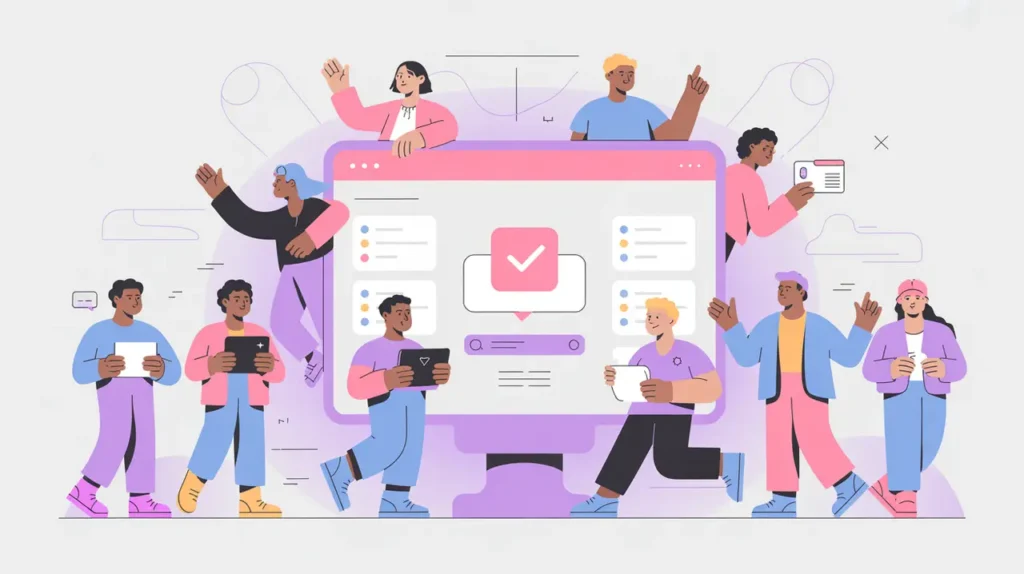Importance of Fraud, Waste, and Abuse Detection
Fraud, Waste, and Abuse (FWA) Detection refers to the use of data analytics, AI, and monitoring systems to identify irregularities or misuse of resources in programs and services. Fraud involves deliberate deception, waste covers unnecessary or careless use of resources, and abuse refers to actions that violate policies or ethics. Its importance today lies in the need for transparency and accountability, especially as digital systems handle increasingly large flows of aid, funding, and services.
For social innovation and international development, FWA detection matters because mission-driven organizations must safeguard resources entrusted to them. Preventing misuse not only preserves funding for communities but also protects institutional credibility and donor confidence.
Definition and Key Features
FWA detection systems combine anomaly detection, pattern recognition, and rule-based checks. They monitor transactions, beneficiary records, procurement processes, and supply chains. Tools may include dashboards that flag outliers, predictive models that highlight high-risk behaviors, and audit trails for verification.
They are not the same as traditional audits, which often occur after misuse has already happened. Nor are they equivalent to generic financial reporting tools, which focus on compliance but lack proactive detection. FWA detection emphasizes prevention and early intervention.
How this Works in Practice
In practice, organizations use FWA detection to monitor digital payment systems, procurement contracts, and service delivery. For example, algorithms can flag duplicate beneficiary registrations, detect inflated invoices, or identify unusual spending patterns. Integration with CRMs, mobile money platforms, and supply chain systems creates a holistic view of resource flows.
Challenges include balancing robust detection with fairness. False positives can unfairly penalize beneficiaries or partners. Building local capacity to investigate alerts, maintaining data privacy, and addressing systemic issues beyond individual fraud are also critical considerations.
Implications for Social Innovators
FWA detection strengthens mission-driven work across sectors. Health programs use it to reduce fraudulent claims in insurance or drug procurement. Education initiatives can detect misuse of scholarship funds or fraudulent attendance reporting. Humanitarian agencies rely on it to secure cash transfer programs, preventing ghost beneficiaries or vendor collusion. Civil society groups use analytics to hold institutions accountable, exposing patterns of corruption or waste.
By embedding FWA detection into operations, organizations protect resources, enhance trust, and ensure that funds and services reach the communities they are meant to serve.







